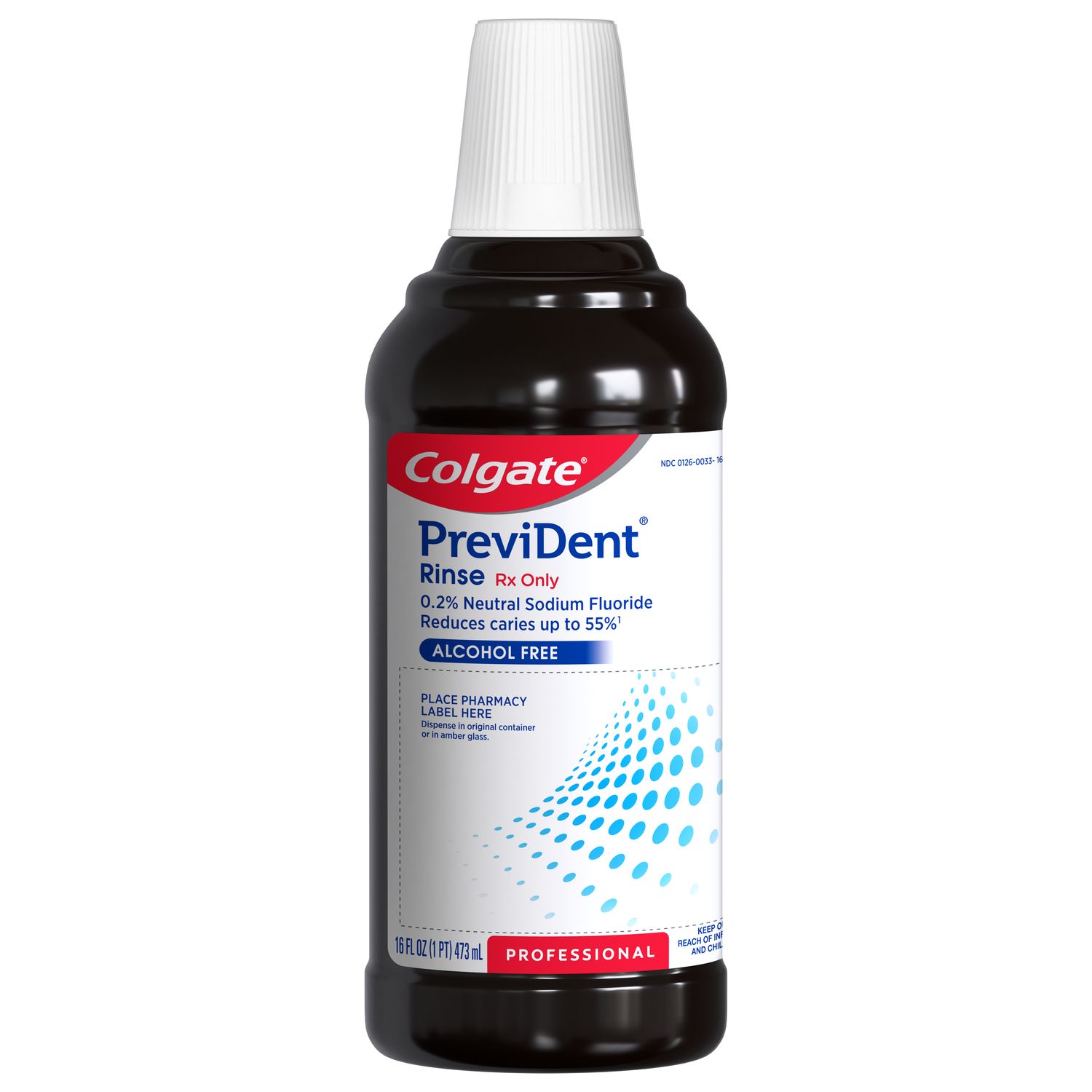What are the Parotid Glands?
Parotid glands are the largest of your salivary glands. They are located in your mouth in the upper part of your cheeks in front of your ears. The ducts of the parotid gland empty saliva into your mouth, helping you chew, swallow, and digest food.
When these ducts are obstructed, saliva does not empty into the mouth. Instead, it is held inside the gland, which can cause inflammation. According to the Cleveland Clinic, sialadenitis is the medical term for a salivary gland inflammation, causing swelling and discomfort. Sialadenitis can have many causes, but it's a rare condition.
Parotid Gland Infection Symptoms
If your parotid gland duct is obstructed long enough, it can become infected and lead to other symptoms besides swelling, such as:
- Tender, painful lump in your cheek
- Foul-tasting discharge from the duct into your mouth
- Fever, chills, and fatigue
- Difficulty fully opening your mouth, speaking, chewing, or swallowing
What Causes Parotid Gland Swelling?
Typically your parotid gland will become swollen and painful when there is an obstruction in the duct. According to Cedars Sinai, parotid duct obstruction can occur for various reasons, including:
- Salivary gland stones (calcium or other mineral buildups)
- Scar tissue
- Abnormal growth of cells (tumors)
- Mucous plugs
- Foreign bodies
These causes are relatively rare, so it's unlikely that both parotid gland ducts would be obstructed at the same time. So you'll typically notice a swollen parotid gland on one side. A visual exam by a professional is the first step in diagnosing infection. You may need additional testing to determine if the condition is caused by an abscess, salivary stone, or tumor. Your healthcare professional may take a biopsy to test for bacteria or viruses. In some cases, they may use an ultrasound, MRI, X-ray, or CT scan to make an accurate diagnosis.
Treatment and Prevention for Parotid Gland Swelling
Hydration and proper oral hygiene are essential to ensure foreign materials or salivary gland stones do not obstruct your parotid ducts. You can sip water throughout the day or chew gum to promote saliva flow.
The right treatment depends on the cause, type of infection, and any other symptoms causing the pain and swelling. According to Johns Hopkins, your physician or dentist will prescribe fluids and antibiotics to ensure the infection does not spread to other areas in your body. If a salivary gland stone is causing the obstruction, it will need to be surgically removed.
Parotid gland infections are rare but if you notice swelling in one of your cheeks, feel chills, or fever, you should seek professional treatment right away. Your healthcare professional can diagnose the issue and recommend the treatment necessary to heal your parotid gland.
This article is intended to promote understanding of and knowledge about general oral health topics. It is not intended to be a substitute for professional advice, diagnosis or treatment. Always seek the advice of your dentist or other qualified healthcare provider with any questions you may have regarding a medical condition or treatment.
ORAL HEALTH QUIZ
What's behind your smile?
Take our Oral Health assessment to get the most from your oral care routine
ORAL HEALTH QUIZ
What's behind your smile?
Take our Oral Health assessment to get the most from your oral care routine















